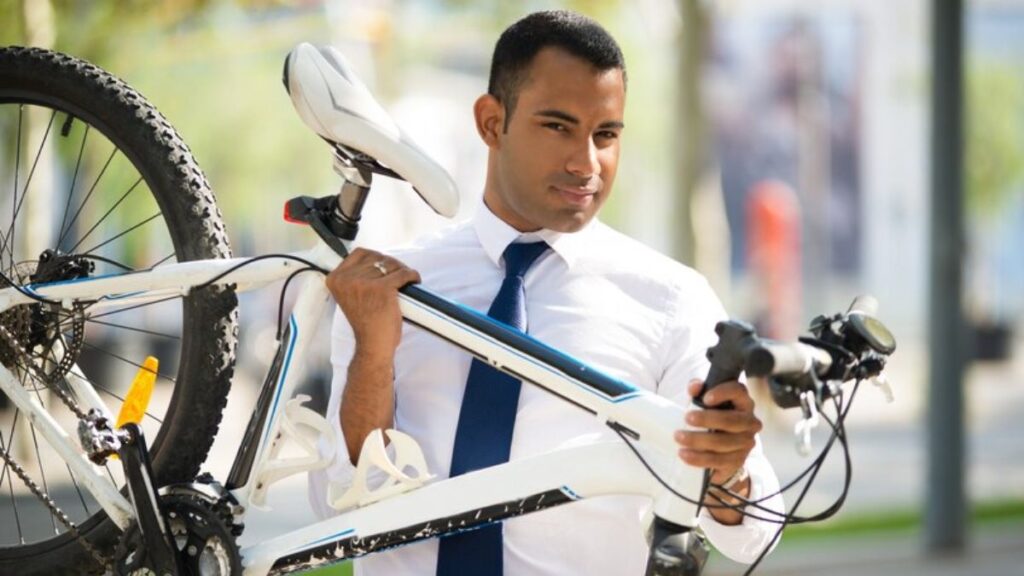Cycling offers a fantastic way to stay active, enjoy the outdoors, and reduce your carbon footprint. However, sharing the road with cars and trucks inevitably carries risks. Sadly, bicycle accidents are all too common, often resulting in serious injuries or even fatalities. If you or a loved one has been involved in a bicycle accident, understanding your rights and seeking appropriate legal counsel is crucial.
The Rising Need for Bicycle Accident Lawyers
As more bicyclists take to the streets, accidents leading to severe rider injuries have increased as well. Unlike motorists encased in metal cages with airbags, cyclists remain vulnerable to road users. Their lack of protection causes exponentially more severe harm when collisions or falls happen at speed. All too often, cyclists suffer life-changing injuries:
Traumatic Brain Injuries (TBIs)—Collision impacts lead to severe concussions, causing long-term cognitive, emotional, and psycho-motor impairments that upend lives completely.
Spinal Cord Injuries—Crash forces bruise or sever the spinal cord, resulting in various degrees of paralysis, stealing physical abilities and independence.
Broken Bones—Unprotected human bodies absorb the brunt of collision forces through fractures of arms, legs, ribs, collarbones, and hips, often requiring repeat surgeries.
Road Rash & Deep Lacerations—Violent falls on pavement strip off the skin, causing ghastly gashes. These gashes are prone to infection because debris becomes implanted deep beneath the wounds.
What Does a Bicycle Accident Lawyer Do?
Retaining a bicycle accident attorney after getting injured by negligent motorists or road conditions provides victims a tireless champion during the complex legal wrangling, pursuing fair claims resolution. This is why you need a Long Island bicycle accident lawyer:
Gathering Evidence—Collecting police reports, medical records, bike damage receipts, photographs, plus rider/witness statements to definitively determine liability and quantify both economic and non-economic loss levels incurred.
Determining Liability—Analyzing details definitively establishes the at-fault party, whether motorist, municipality or potentially product manufacturer, if component failures caused the crash. Identifying shared negligence percentages is key.
Assessing Damages—Using evidence assembled, calculating both definable economic damages like medical bills/lost wages and harder-to-quantify non-economic loss claims covering pain/suffering burdens.
Explaining Your Rights—Clarifying legal rights/options throughout the claims process regarding insurance disputes, lawsuits, settlements, court representations, and more so clients understand each turn fully.
Negotiating Settlements—Leveraging findings to aggressively pursue equitable claim resolutions with insurance carriers aiming to cover entire present and future costs stemming from injuries and associated disruption.
Filing Lawsuits—When reasonable settlement offers are stonewalled, lawyers initiate litigation to seek court judgments and enforce financial restitutions.
Case Preparation—Preparing positioning fully for potential court appearances, assembling air-tight arguments and documentation so evidence compels favorable rulings when hearings commence.
Court Representation—Navigating legal complexities within courtrooms during hearings, settlement conferences, and trials, arguing persuasively on clients’ behalf until fair case resolutions get secured.
Choosing the right lawyer for your bicycle crash situation can significantly influence claim outcomes.
When Should You Contact a Bicycle Accident Lawyer?
Seeking legal counsel promptly proves paramount following bicycle collisions for multiple reasons:
Preserving Evidence—Early lawyer involvement captures eyewitness statements, video surveillance footage, and photographic scene/injury images before details fade, which strengthens liability arguments.
Insurance Company Interactions—As company claim representatives contact crash victims to probe accident causes, injured bicyclists feel pressured to provide recorded statements that should be avoided until they retain counsel.
Legal Deadlines— Statutes of limitations requiring legal action commence within predefined times from injury dates apply least to victims forfeit certain claims rights. Lawyers ensure filings stay on track.
What to Look for in a Bicycle Accident Lawyer
When selecting legal representation after bike injuries inflicted by negligent parties, key attorney traits to assess include:
Specialization—Search firms focusing specifically on bicycle, motorcycle, and pedestrian incident claims possess cycling laws mastery and insurance nuance fluency to leverage.
Trial Experience—Proven case win track records through jury verdicts and settlements signal negation proficiency since most claims resolve out of court favorably through aggressive, leveraged negotiation expertise.
Resources—Well-resourced firms wield extensive medical expert networks, accurately projecting longer-term restorative care costs, and employ economists who calculate earning impairment magnitudes to strengthen their value positions.
Communication—Responsive lawyers explain legal intricacies in simple terms while regularly providing claim status updates, earning trust through transparency with clients.
Reputation—Given their specific focus on representing this community in court and across claim resolution tables, respected bicycle accident attorneys should surface among cyclist groups and online reviews.
Common Causes of Bicycle Accidents
While many factors create accidents harming vulnerable cyclists, the most frequent bicycle crash catalysts include:
Distracted Driving—The ever-present modern scourge of texting, GPS programming, and phone conversations diverts driver attention, contributing to missed traffic signals, disregarding right-of-way, and collision reaction failures.
Right of Way Violation—Drivers misinterpreting traffic flows/laws cause collisions, being overly assertive, making turns, crossing lanes, and entering flows with bikes legally present.
Dooring—Vehicle occupants neglecting safety checks before opening doors into traffic cause cyclists catastrophic collisions.
Unsafe Passing: Impatient drivers attempt to squeeze cyclists when gaps are insufficient, often clipping riders or forcing them off the roadways.
Poor Roads—Unrepaired potholes, lane debris, and pavement ridges all catalyze control loss accidents, violently throwing riders.
Impaired Driving—Intoxicated motorists’ delayed reaction times, poor depth perception, and amplified reckless behaviors spike catastrophic interaction risks.
How to Protect Yourself While Cycling
Beyond rightful demands for motorist attentiveness and road infrastructure upgrades to protect cyclists, certain proactive precautions empower self-preservation:
- Obey Traffic Laws—Legally predictable movements retain right-of-way status and motorists’ trust. Running lights or ignoring signs erode credibility. Should collisions happen despite prudence?
- Maximize Visibility—Bright clothing during daylight, reflective strips/blinking lights at night, and signaling awareness of vehicles allow motorists to notice and respectfully accommodate cyclists.
- Maintain Focus—Ride defensively with concentration against potential dangers without headphones or conversing, compromising auditory clues that something is amiss and needs a reaction.
What to Do After a Bicycle Accident
In the aftermath of a collision, prioritizing health while capturing vital legal evidence protects victims in the long term:
- Seek Medical Care—Document injuries thoroughly after emergency response medical care begins restoring wellbeing. Lingering effects may take time manifesting.
- Report Incidents—Police reports documenting party accounts together with ambulance records establish dates/times plus injury types suffered beneficial later.
- Capture Info—Record motorist insurance details verifying policy coverage plus contact info from eyewitnesses willing to give future statements if needed.
- Photograph Conditions—On-scene images distinctly showing vehicle damages, helmet dents from impact and surroundings like road defects strengthen lawyer narrative reconstructing events later for claims.
- Call Attorneys—Before insurance companies contact you directly, angling for hasty settlements, retain counsel to judiciously uphold rights and optimize outcomes for the long recovery journey ahead.
Conclusion
Bicycle accidents can have devastating consequences, leaving victims with serious injuries, emotional trauma, and financial burdens. Understanding your rights and seeking the assistance of a skilled bicycle accident lawyer is crucial in navigating the aftermath of such an incident. By holding negligent parties accountable, these legal professionals help ensure that victims receive the justice and compensation they deserve. Remember, safety on the roads is a shared responsibility.







